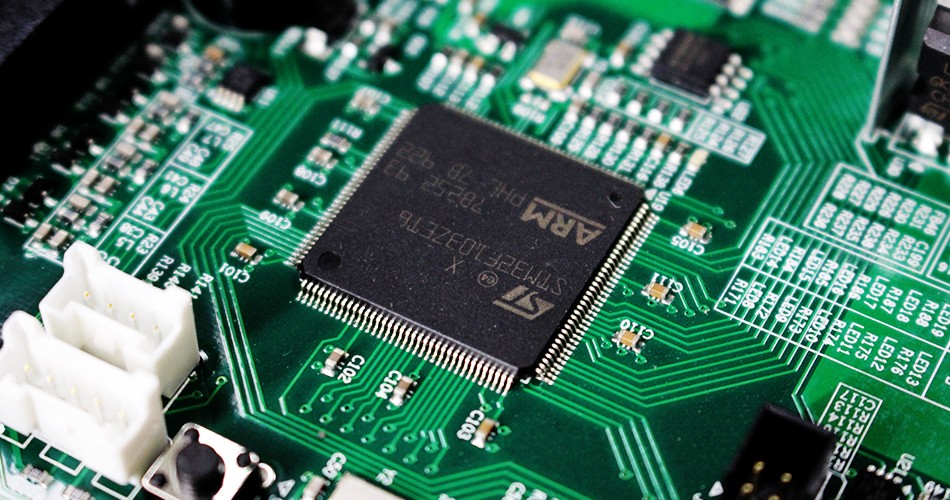- English
- Español
- Português
- русский
- Français
- 日本語
- Deutsch
- tiếng Việt
- Italiano
- Nederlands
- ภาษาไทย
- Polski
- 한국어
- Svenska
- magyar
- Malay
- বাংলা ভাষার
- Dansk
- Suomi
- हिन्दी
- Pilipino
- Türkçe
- Gaeilge
- العربية
- Indonesia
- Norsk
- تمل
- český
- ελληνικά
- український
- Javanese
- فارسی
- தமிழ்
- తెలుగు
- नेपाली
- Burmese
- български
- ລາວ
- Latine
- Қазақша
- Euskal
- Azərbaycan
- Slovenský jazyk
- Македонски
- Lietuvos
- Eesti Keel
- Română
- Slovenski
- मराठी
- Srpski језик
Heat treatment technology in PCBA processing
2024-07-31
In PCBA (Printed Circuit Board Assembly) processing, heat treatment technology is an important process that can effectively improve the performance and stability of electronic components. This article will discuss the heat treatment technology in PCBA processing, including technical principles, application scenarios, advantages and precautions.

1. Technical principles
Heat treatment technology is to heat electronic components to change their structure and performance, thereby achieving the purpose of improving material properties. Its main principles include:
Solution treatment: For some alloy materials or solid solutions, high-temperature heating is used to rearrange the internal grains to improve the mechanical properties and corrosion resistance of the material.
Aging treatment: After solution treatment, aging treatment is performed by controlling temperature and time to achieve the best performance state of the material.
Annealing treatment: For some metals or alloys, by heating to a certain temperature and then slowly cooling, their organizational structure is changed to improve the toughness and ductility of the material.
2. Application scenarios
Heat treatment technology has a wide range of application scenarios in PCBA processing, mainly including but not limited to the following aspects:
Pre-welding treatment: Before welding components, heat treatment technology is used to improve welding performance and contact quality and reduce welding defects.
Component optimization: For some special materials or complex structure components, heat treatment technology is used to optimize their performance and stability.
Stress elimination: For components that are prone to stress concentration, internal stress is eliminated through heat treatment technology to improve the stability and reliability of components.
Reinforced materials: For components that need to improve material strength and hardness, heat treatment technology is used to strengthen them and increase their service life.
3. Advantages
Heat treatment technology has the following advantages in PCBA processing:
Improve material performance: Heat treatment can change the grain structure and organizational state of the material, improve the mechanical properties, corrosion resistance and wear resistance of the material.
Optimize component performance: Through heat treatment technology, the performance and stability of components can be optimized, and their work efficiency and reliability on the circuit board can be improved.
Increase product life: Heat treatment technology can reduce internal stress in materials and extend the service life of components and electronic products.
4. Precautions
When applying heat treatment technology, the following matters need to be noted:
Temperature control: strictly control the temperature during the heat treatment process to avoid damage to components or performance degradation caused by excessive or low temperatures.
Time control: control the time of heat treatment to ensure that components achieve the best treatment effect and avoid over-treatment or under-treatment.
Cooling method: select a suitable cooling method to avoid deformation of components or re-accumulation of internal stress due to uneven cooling.
Conclusion
As one of the important processes in PCBA processing, heat treatment technology can effectively improve the performance and stability of components by changing the structure and properties of materials. When applying heat treatment technology, it is necessary to pay attention to the control of parameters such as temperature, time, and cooling method to ensure that components achieve the best treatment effect and provide guarantee for the quality and reliability of electronic products. With the continuous development of technology and the accumulation of experience, it is believed that the application of heat treatment technology in PCBA processing will become more and more extensive, and will bring new opportunities and challenges to the development of the industry.
-
Delivery Service






-
Payment Options









